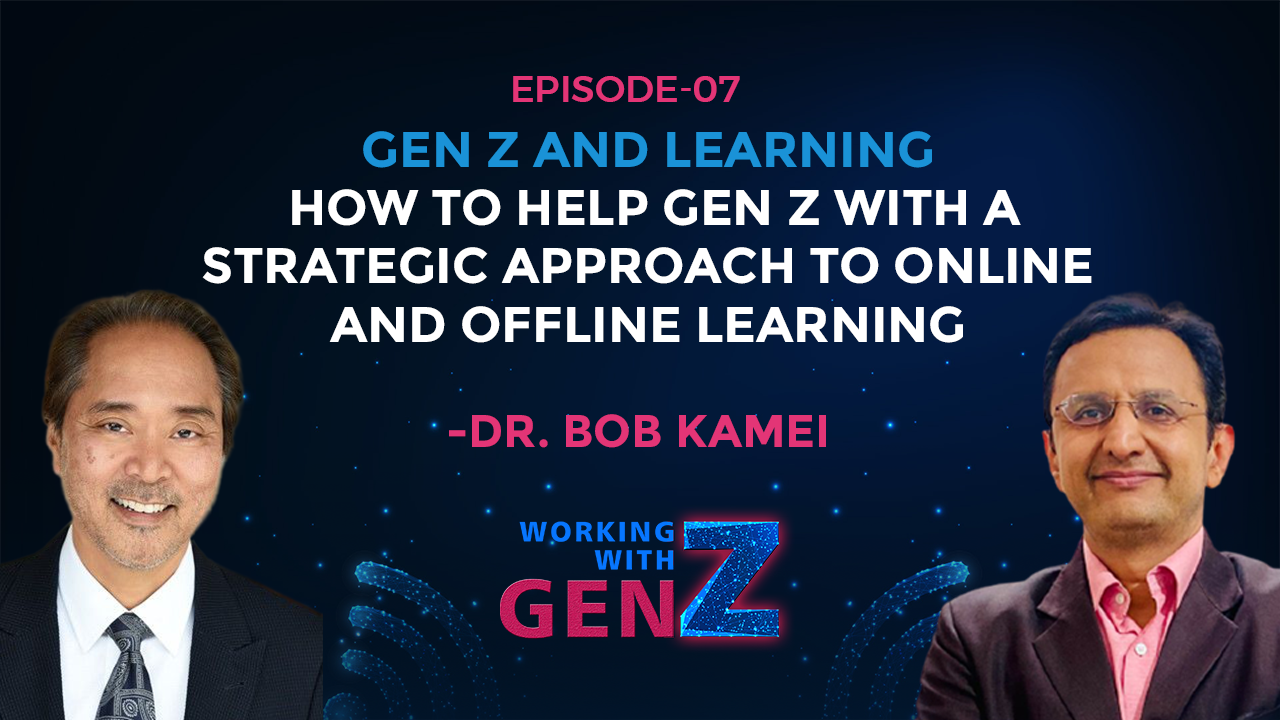Description
One of the most oft-used terms after the pandemic is the term “new normal.” The new normal in education is the increased use of online learning tools. The COVID-19 pandemic has triggered new ways of learning. All around the world, educational institutions are looking toward online learning platforms to continue with the process of educating students. The new normal now is a transformed concept of education with online learning at the core of this transformation. Today, digital learning has emerged as a necessary resource for students and schools all over the world. For many educational institutes, this is an entirely new way of education that they have had to adopt. Online learning is now applicable not just to learn academics but it also extends to learning extracurricular activities for students as well. In recent months, the demand for online learning has risen significantly, and it will continue doing so in the future.
As with most teaching methods, online learning also has its own set of positives and negatives. Decoding and understanding these positives and negatives will help institutes in creating strategies for more efficiently delivering the lessons, ensuring an uninterrupted learning journey for students. So how does all this impact to the digital natives of Gen Z? Is this a boon or bane.
Find out in this episode, as learning sciences expert Dr. Bob Kamei shares his unique perspective as an educator and physician to provide a strategic approach to learning that will benefit all Gen Z’s looking to optimize their learning. He highlights what throws many learners off is that they hold certain myths that result in poor study habits. Learners who understand the truth behind these myths can use this knowledge to better plan their study and have an advantage over others that don’t.
Learn some very tangible and practical tips both for the Instructor and learner on how do we make the learning experience a fun and relevant one – whether it is inability to focus on screens, overcoming the sense of isolation, managing screen time and overload of material and more.




